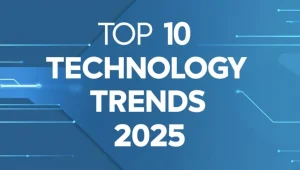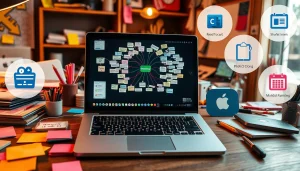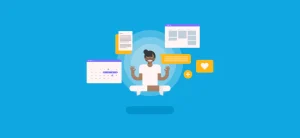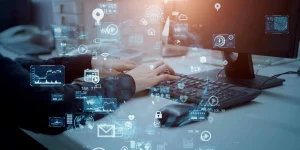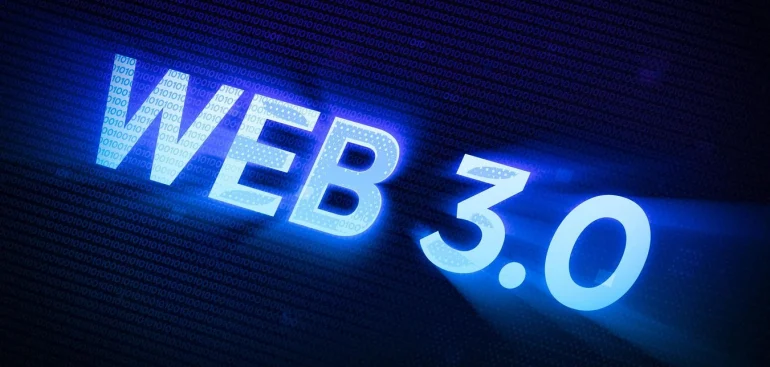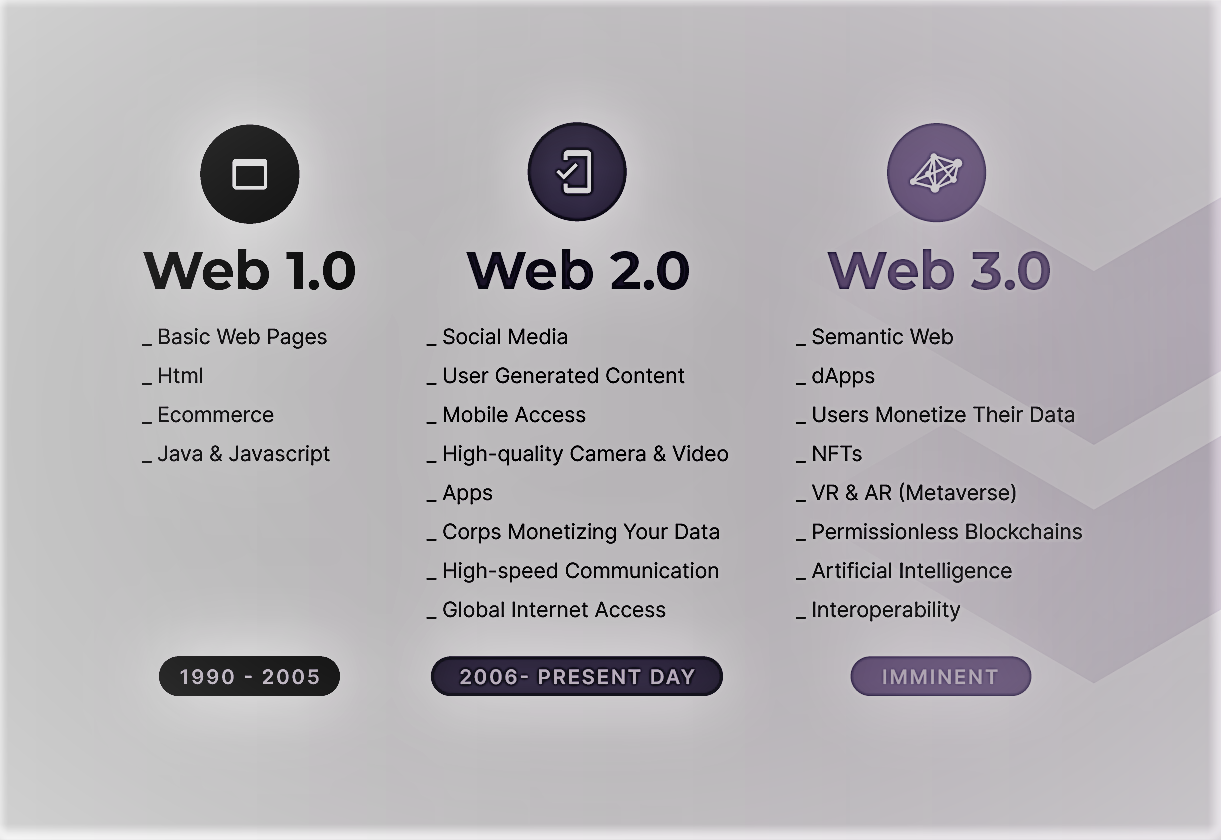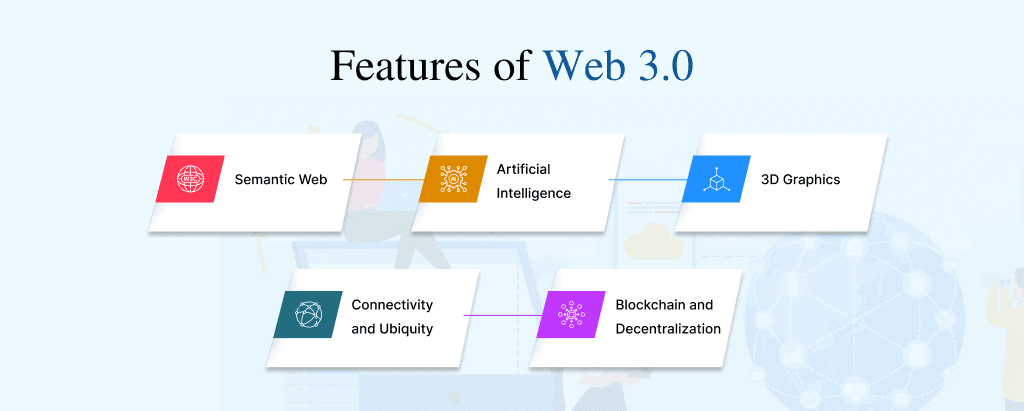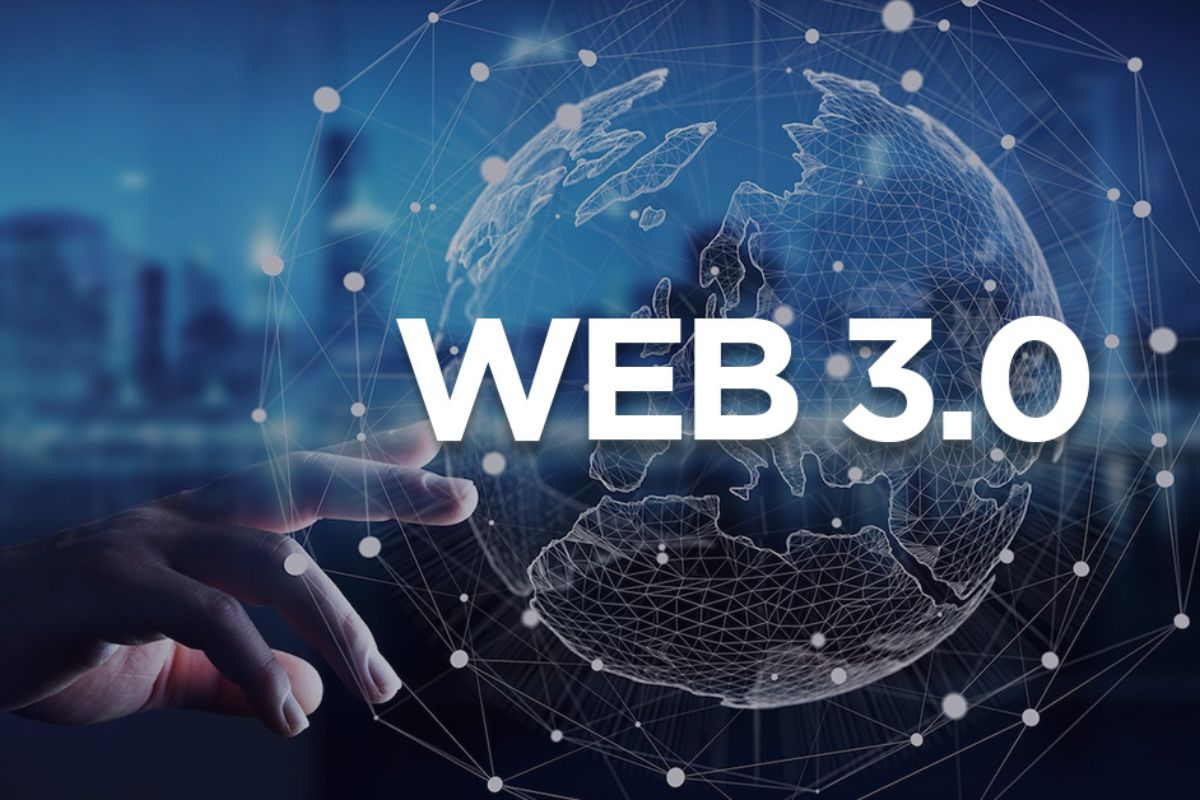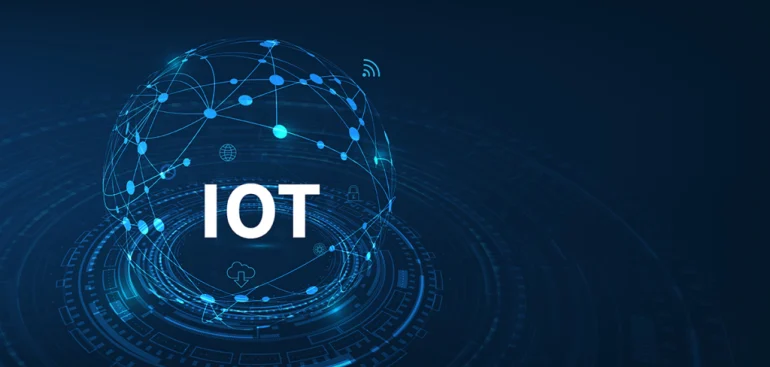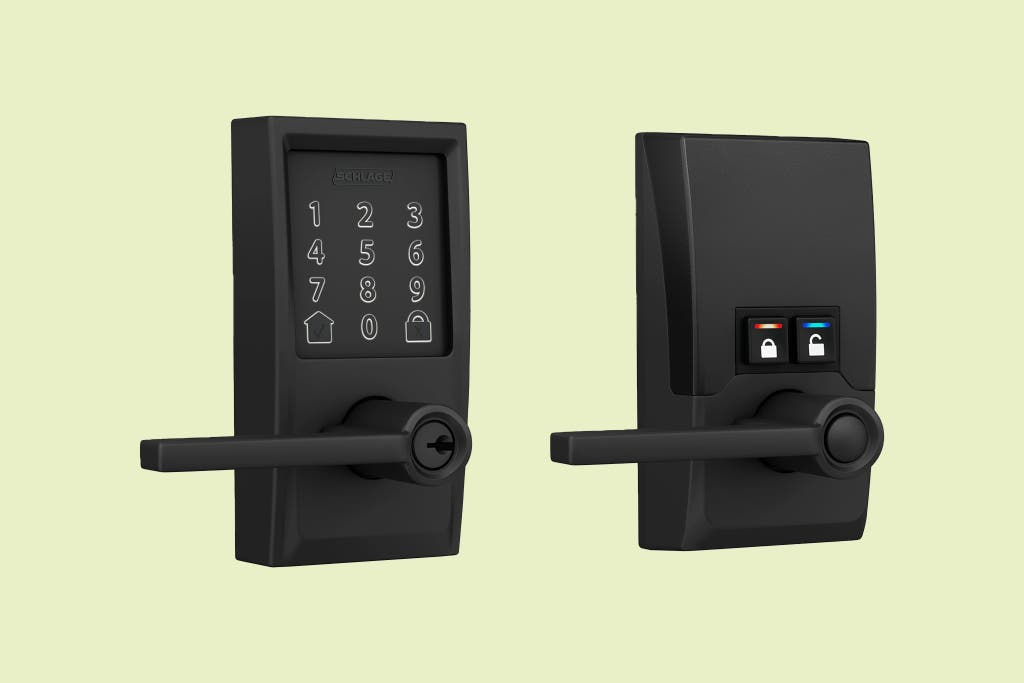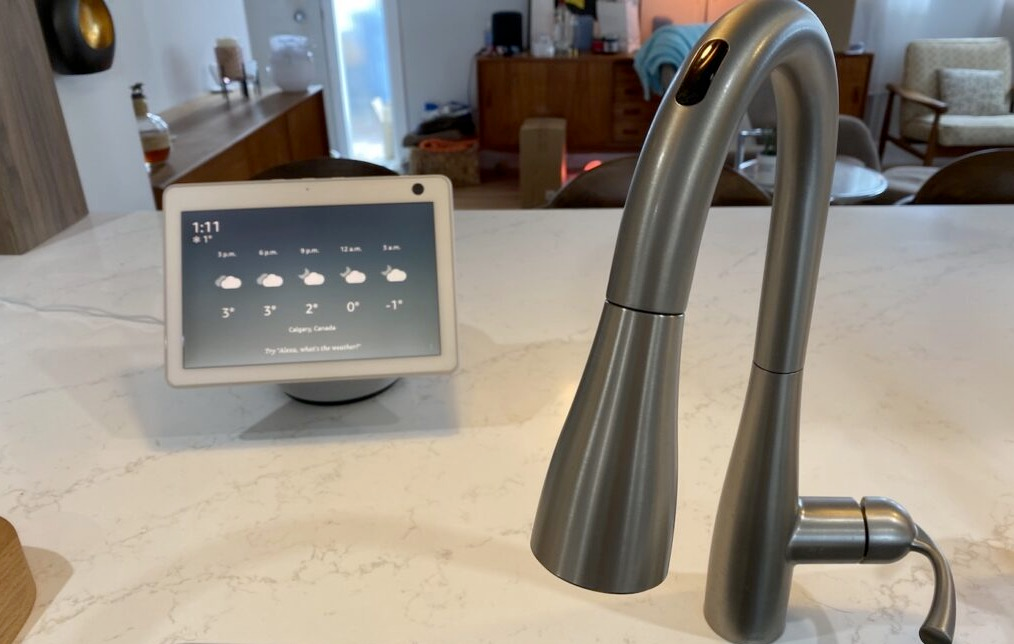From the early days of static web pages to the highly customized digital experiences of today, the internet has advanced significantly. However, a new chapter is currently developing: Web 3.0.
Don’t worry if you’ve heard the hype but aren’t entirely sure what Web 3.0 is all about. We’ll give a brief explanation of it in this blog, along with the reasons it’s being dubbed the internet’s future.
Let’s start with a brief history: Internet 1.0, Web 2.0, and Web 3.0
🌍 Web 1.0 (1990s–early 2000s):
- Internet that is read-only
- Static websites lack interaction.
- For instance, early news websites or old Yahoo pages
🌐 Web 2.0 (since 2004):
- Read and write on the internet
- Cloud applications, social media, and user-generated content
- YouTube, Facebook, and Google are the main tech platforms.
🤖 The current and developing Web 3.0:
- Read, write, and have your internet
- Based on user control, decentralized platforms, and blockchain
- Important concepts: security, privacy, transparency, and ownership
🧠 So, to put it simply, what is Web 3.0?
The next version of the internet, known as Web 3.0, gives individuals greater control over their digital assets, identities, and data.
With the help of blockchain technology, smart contracts, and decentralized apps (dApps), Web 3.0 seeks to return power to consumers rather than depending on centralized businesses like Meta, Google, or Amazon.
Important Web 3.0 Features
1. Dispersion
Data is not kept on a single company’s server, but rather on a network (blockchain). This implies that there isn’t a single point of failure or control.
2. Powered by Blockchain
Blockchain guarantees traceability, security, and transparency. Verification is possible for everything, including transactions and digital asset ownership.
3. Ownership by Users
Digital assets, such as tokens, NFTs, and even your data, can be owned by you without requiring intermediary consent.
4. Intelligent Contracts
These are coded agreements that carry out their actions. No firm or attorney was required to handle or approve.
5. Improved Privacy
You can decide when and how to provide personal information, and your identity can stay anonymous.
Examples of Web 3.0 in the Real World
- Cryptocurrencies such as Ethereum or Bitcoin
- Non-fungible tokens (NFTs) for collectibles, music, and art
- Platforms for decentralized finance (DeFi) that enable lending, borrowing, and interest earning without the use of banks
- Decentralized social media platforms such as Lens Protocol and Mastodon
- Brave Browser, which safeguards your privacy while rewarding you for watching advertisements
What Makes Web 3.0 Important?
✅ For Users:
- Greater authority over your data and identity
- The capacity to receive benefits or money by taking part
- Reduced online ad tracking and improved privacy
✅ For Makers:
- Direct communication with supporters and admirers
- No platform censorship or cuts
- Taking ownership of your work with tokens and NFTs
✅ Online:
- Reduced reliance on large technology monopolies
- A more equitable digital economy
- Using open-source technologies to innovate
However, it isn’t flawless yet.
As with every developing technology, Web 3.0 has its share of difficulties:
- Scalability (the slowness of blockchains)
- Complicated user interface (gas prices, wallets, etc.)
- Uncertainty in regulations
- Environmental issues (while more environmentally friendly alternatives are starting to appear, some blockchains consume a lot of electricity.)
Concluding remarks
Web 3.0 is a mentality change as much as a technological advancement. The goal is to create a digital environment where people, not businesses, hold the power. Although it is still developing, it has enormous promise.
Now is the time to learn about, investigate, and perhaps even try out Web 3.0 tools if you want to be prepared for the future. Because the internet is changing once more, and you have control over it this time.








